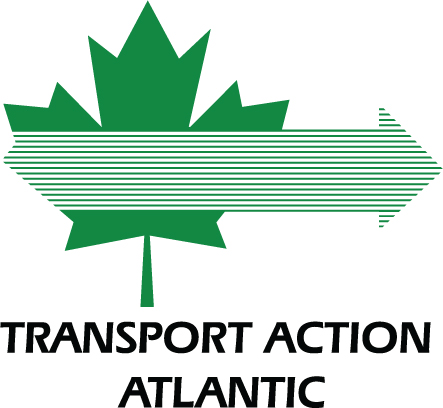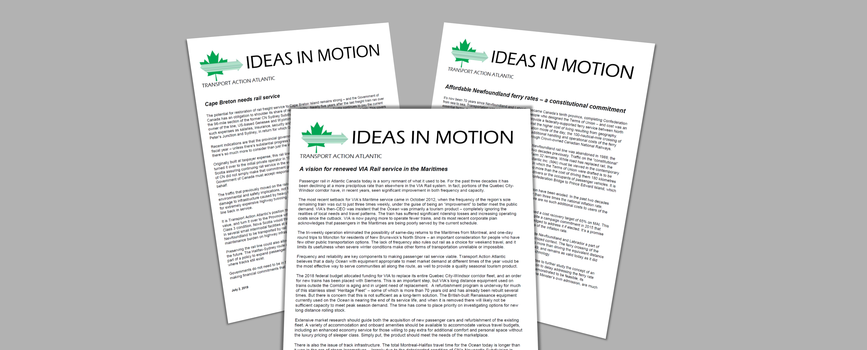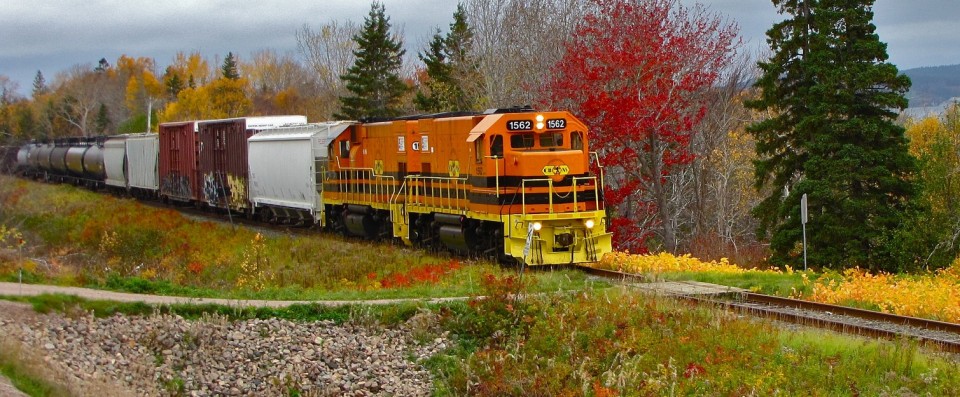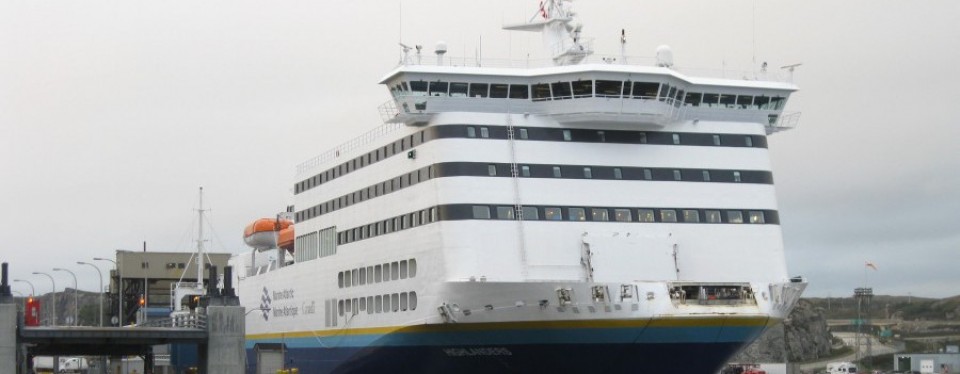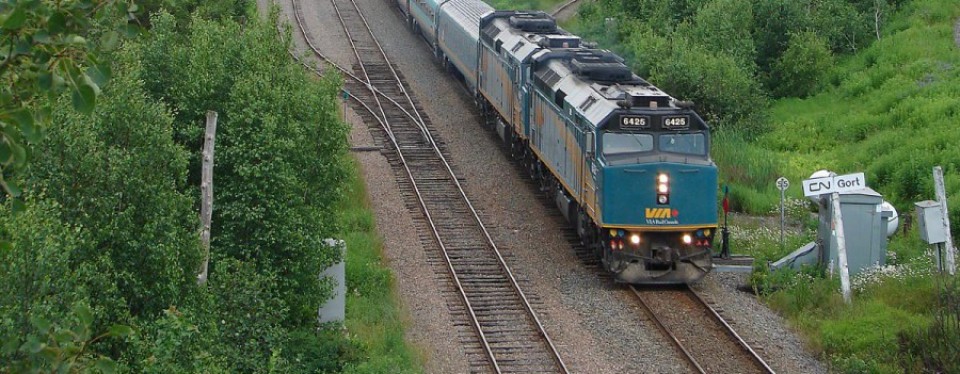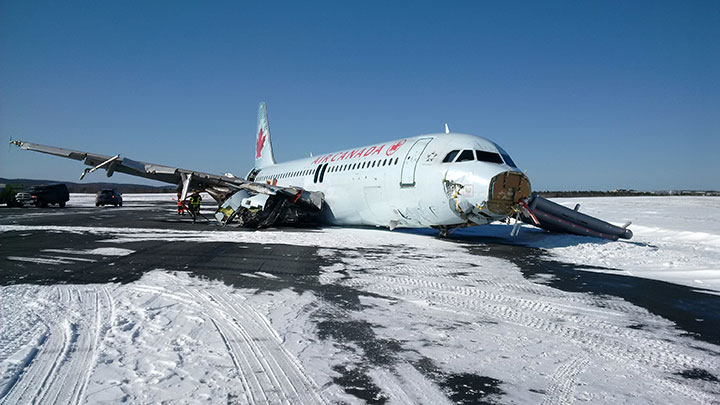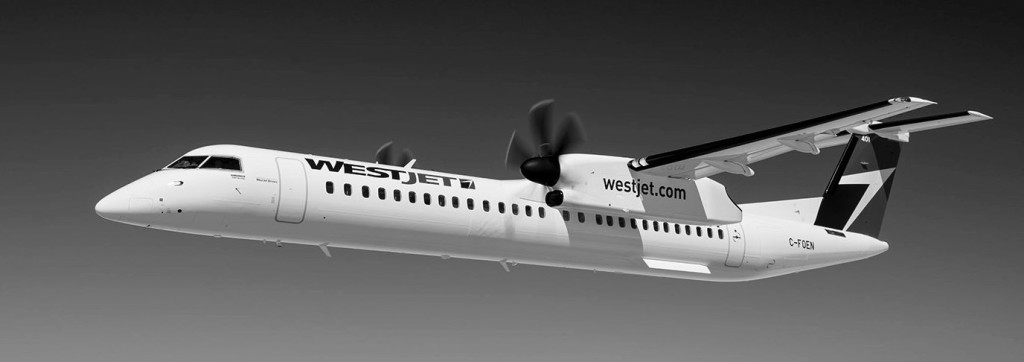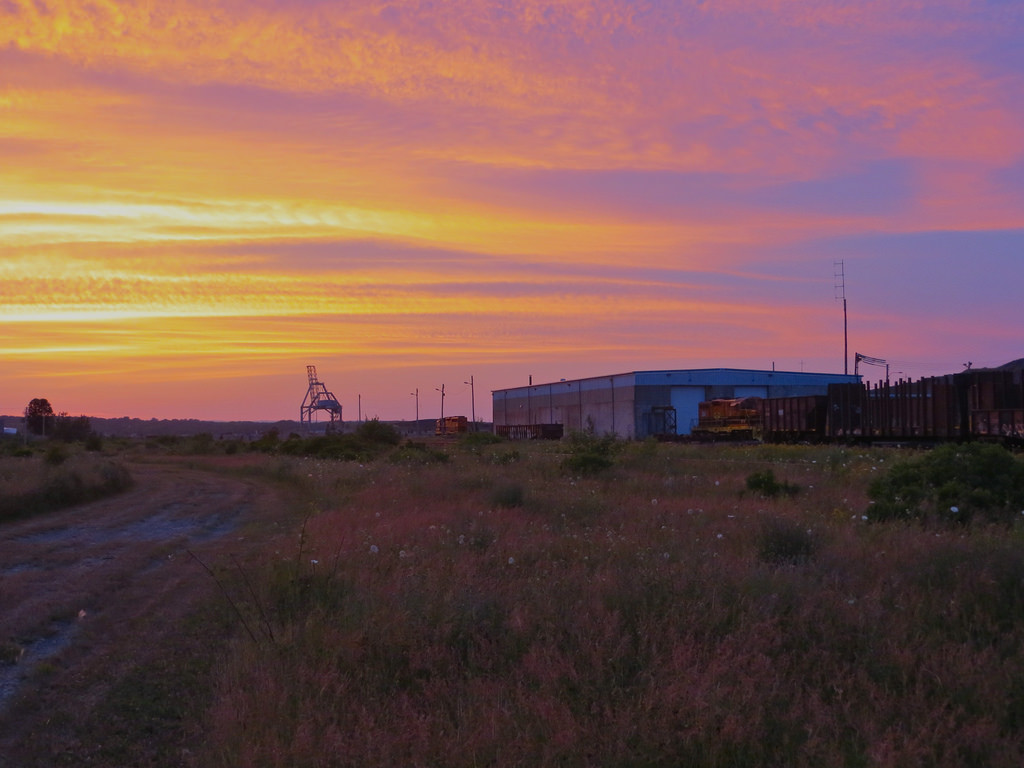
The celebrated Orangedale whistle has been silent for nearly eight months, and the rails across Cape Breton from St. Peter’s Junction to Sydney lie rusty and unused. But optimism remains high that the 100 miles of track may yet be saved for future use.
The Minister’s Rail Advisory Committee – a group representing rail users, municipalities and the business community in general – was scheduled to meet on July 30 to hear the outcome of three reports commissioned by provincial Transportation Minister Geoff MacLellan. Consultants were to examine the long-term implications of rail service in Cape Breton, and the economics of rail versus highway transportation. An engineering study on the state of the long-neglected infrastructure was also included.
David Rae – dean of the Shannon School of Business at Cape Breton University and chair of the Scotia Rail Development Society – has been one of the prime movers behind the rail retention campaign. He’s leaving CBU at the end of the summer to return to the UK, but promises that he’s still going to be very much involved. Finding a successor to maintain the momentum behind the effort was one of the agenda items for a July 28th meeting in Sydney.
Dr. Rae remains optimistic that a solution will be found, and insists that rail is very important to Cape Breton’s future. He points to the potential intermodal traffic that could and should be moving by rail – relieving pressure on the already overburdened highway network and enhancing road safety for all users. He notes that the reopening of the Donkin coal mine will create a renewed need for trains, and adds that the port of Sydney really hasn’t much of a future without a rail link. Continue reading “Struggle to save Cape Breton line continues”
